11 Common Mistakes Gardeners Make in the Fall
As the cooler months approach, many gardeners make simple mistakes that can affect their fall harvest and garden health. From mismanaging watering schedules to choosing the wrong plants, these errors can be easily avoided with a little preparation and knowledge. In this article, we’ll highlight key gardening practices to keep in mind during the fall season. By understanding these common pitfalls, you can ensure your garden stays healthy and vibrant through the cooler months and is ready for a fresh start next spring.
This post may contain affiliate links, which helps keep this content free. Please read our disclosure for more info.
Waiting Too Long to Plant Fall Crops
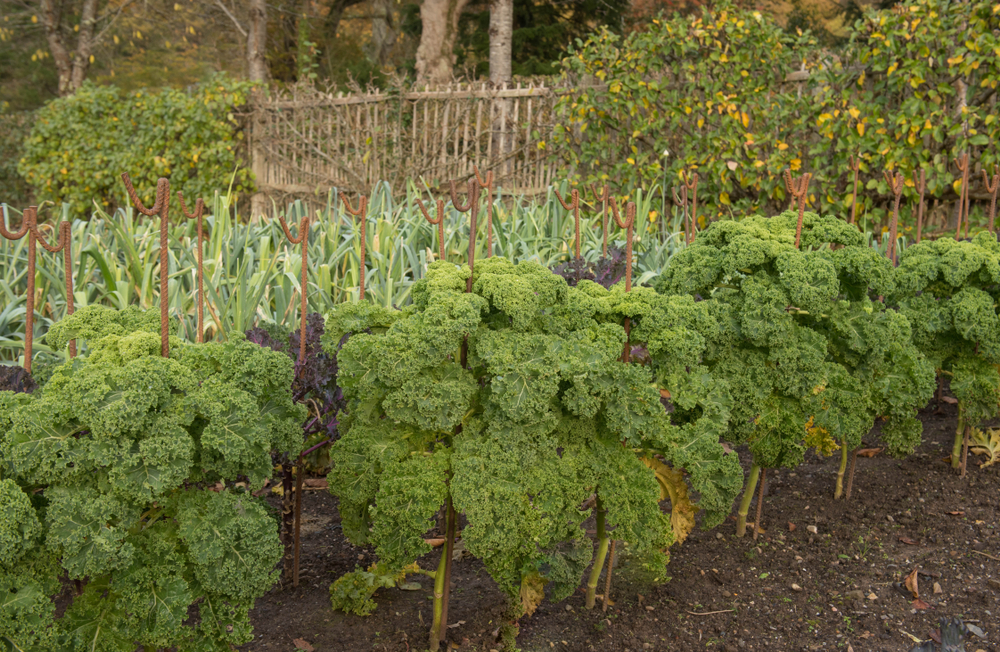
A common mistake gardeners make in the fall is waiting too long to plant fall crops, especially as the temperatures start to cool. Many people mistakenly think the growing season is over when fall arrives, but there are still plenty of crops that can thrive in cooler weather, such as kale, spinach, and radishes. Planting these crops late means they may not have enough time to establish their roots and grow before the first frost. If planted too late, the harvest may be smaller or the plants may not survive the cold temperatures.
To avoid this mistake, it’s essential to plant your fall crops with enough time for them to mature. A good rule of thumb is to count backward from your area’s first expected frost date, giving your crops enough time to reach maturity before the frost hits. With proper planning, many crops will continue to grow and thrive, even in cooler temperatures, allowing you to enjoy a bountiful harvest into the fall months.
Overwatering (or Under-watering) as Temperatures Cool
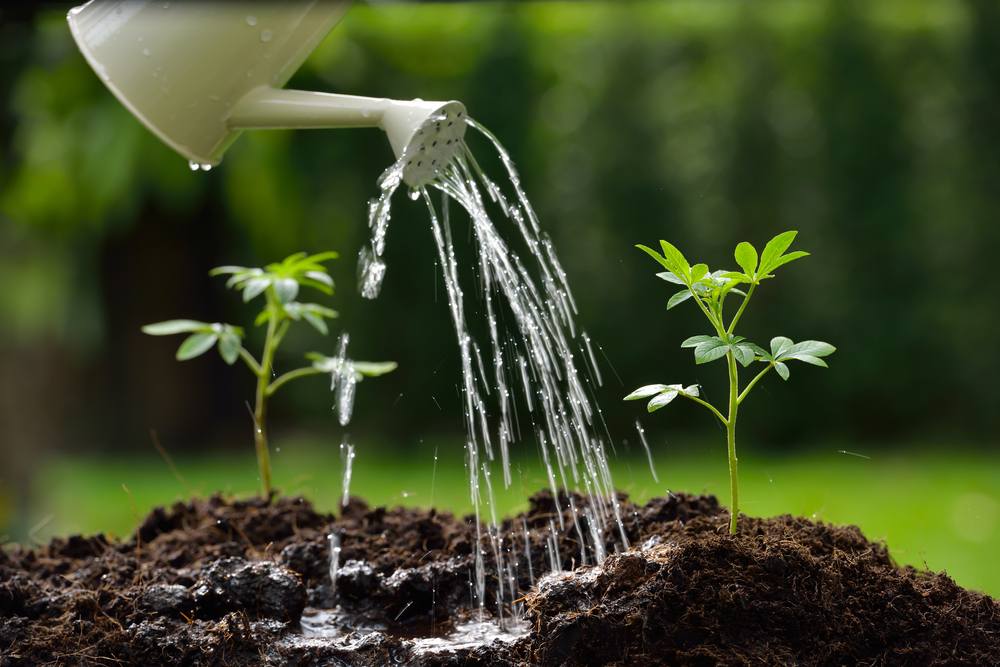
Watering habits need to be adjusted as the weather cools, but many gardeners either overwater or underwater during the fall. Overwatering can lead to root rot because cooler temperatures slow the evaporation of water, causing the soil to retain moisture longer. On the flip side, some gardeners might assume that the plants require less water as the air cools, which can lead to underwatering and stressed, underdeveloped plants. Striking the right balance between too much and too little water is essential to plant health during the fall months.
To avoid overwatering or underwatering, check the moisture level of the soil regularly. In the fall, water your plants deeply, but less frequently, allowing the soil to dry out slightly between waterings. If the top few inches of soil feel dry, it’s time to water, but be mindful not to saturate the ground, as cooler weather can slow the drainage and evaporation rates. Proper watering ensures your plants stay healthy and well-hydrated as temperatures drop.
Not Adjusting Soil Care for the Changing Season
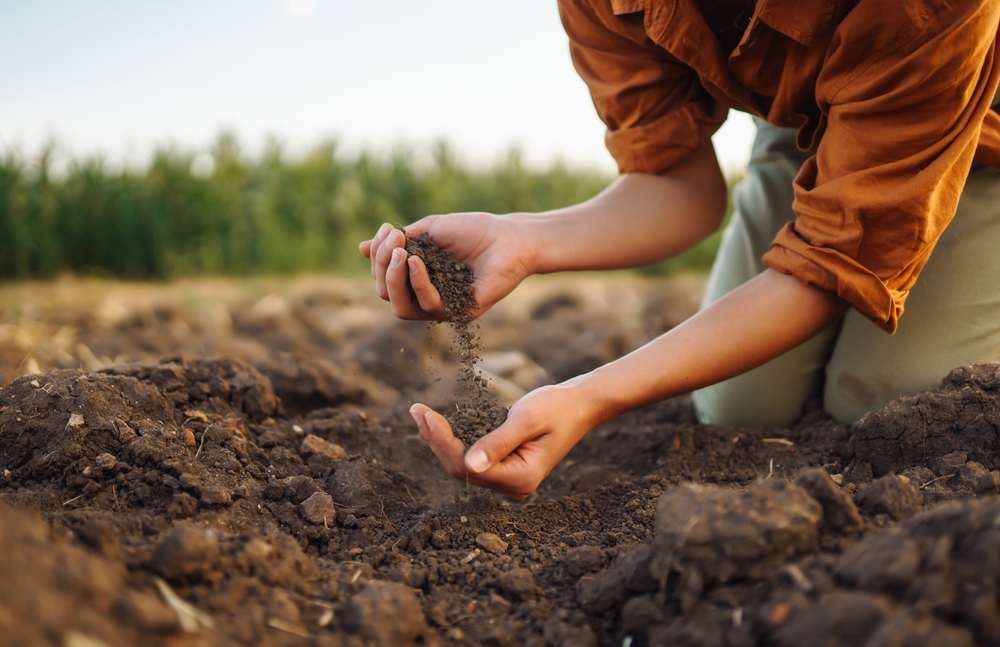
Soil care often gets overlooked during the fall, but it is an essential part of preparing for the colder months. As temperatures drop, plants still need good soil conditions to thrive. Neglecting to amend the soil with compost or organic matter in the fall can result in poor plant health during the next growing season. Adding compost helps improve soil structure, replenishes nutrients, and enhances the soil’s ability to retain moisture, which is especially important as the cooler weather can dry out the soil.
Fall is the perfect time to focus on soil care by adding a layer of compost or organic mulch to the garden beds. These additions help prepare the soil for spring and protect the roots of plants from extreme cold. Healthy soil promotes strong root growth, which is crucial for the survival of both fall crops and perennial plants through the winter months. Make sure to incorporate organic matter into the soil before the first frost to set your garden up for success in the coming months.
Neglecting to Clear Out Spent Plants
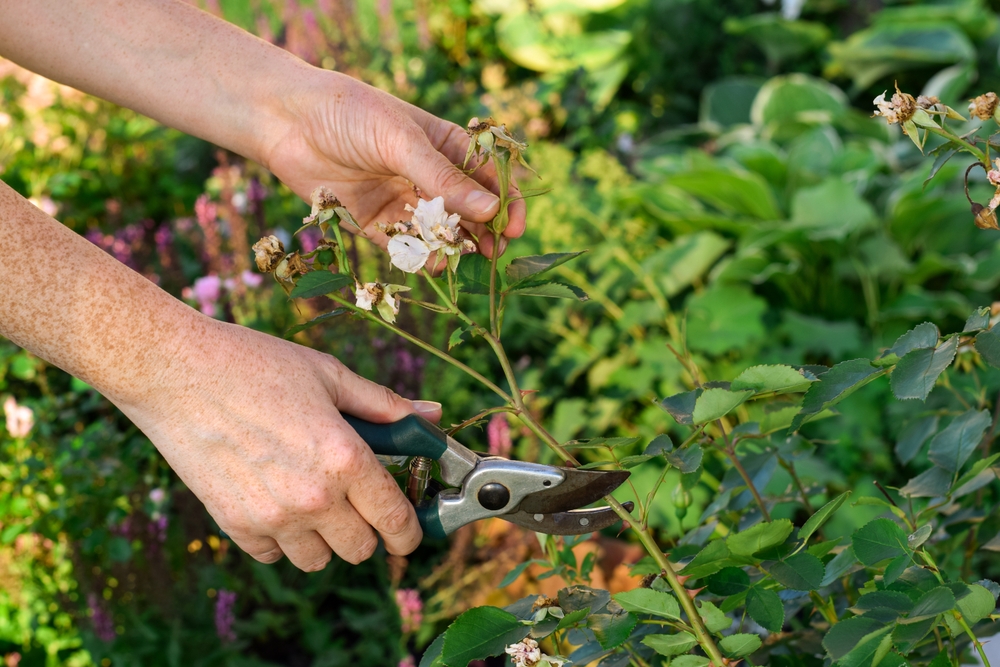
Another common fall mistake is neglecting to clear out spent plants at the end of the growing season. While it might seem harmless to leave old plants in place, they can actually pose a risk to your garden. Dead plants and garden debris can harbor pests and diseases that could carry over into the next growing season. Additionally, leaving spent plants in the soil can create unnecessary clutter, preventing the healthy growth of new crops or plants in the spring.
To avoid this issue, it’s important to clean up your garden thoroughly in the fall. Remove dead or decaying plants, and dispose of them properly rather than leaving them in the garden. This helps reduce the risk of pest infestations and disease outbreaks. After cleaning up, consider adding a layer of mulch to protect the soil and help regulate temperatures during the winter months, setting the stage for a healthier garden in the spring.
Choosing Inappropriate Plants for Fall
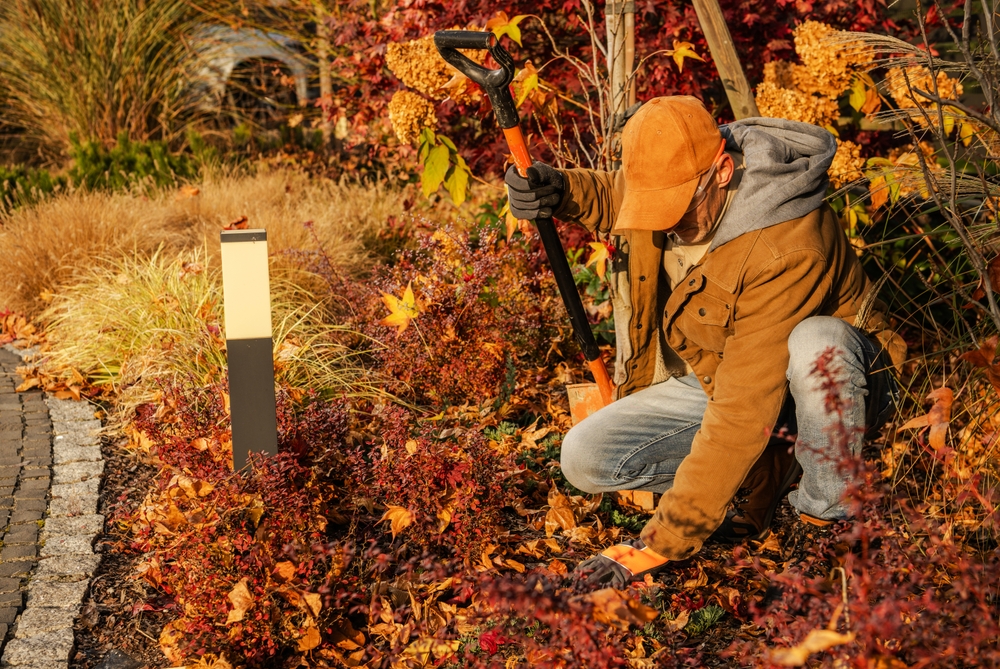
Choosing the wrong plants for fall is another common mistake many gardeners make. Some gardeners try to plant warm-weather plants in the fall, expecting them to thrive in cooler temperatures. Unfortunately, many summer vegetables and flowers do not perform well in cooler weather and may fail to survive the dropping temperatures. On the other hand, selecting cold-hardy plants, such as mums, pansies, and certain vegetables, ensures that your garden remains colorful and productive during the fall months.
To avoid choosing inappropriate plants, it is important to research which plants thrive in your region’s fall climate. Cold-weather crops like root vegetables, leafy greens, and certain herbs will perform well as the temperature drops, while frost-sensitive plants should be avoided. By selecting the right plants, you can ensure a beautiful and productive garden throughout the fall and into the winter months, without the disappointment of plants that do not survive the season.
Not Protecting Plants from Frost
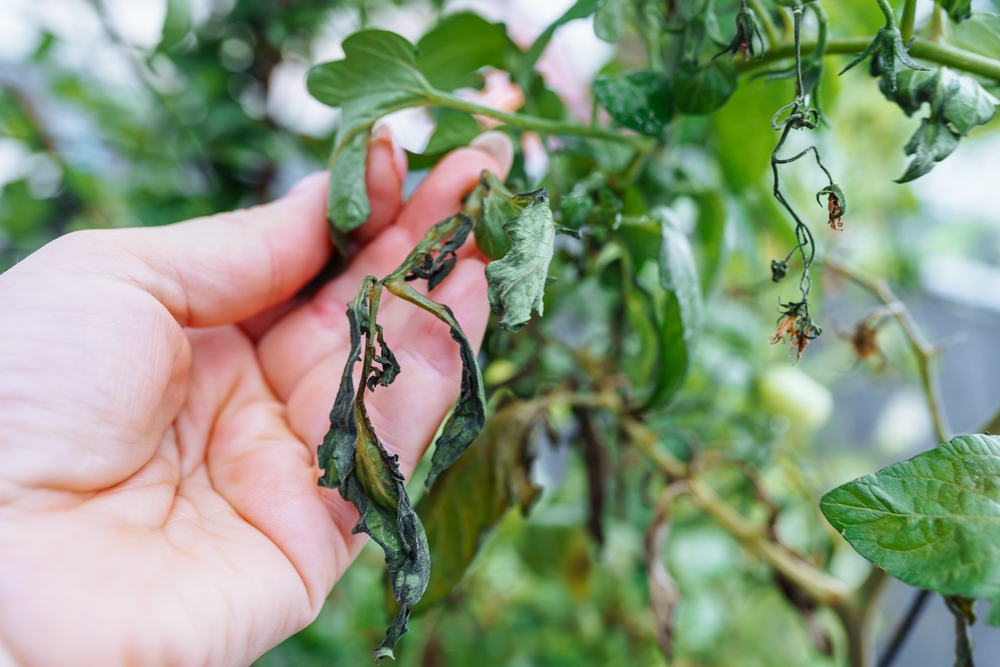
Frost is one of the biggest threats to plants in the fall, yet many gardeners fail to take precautions against it. Some plants can tolerate light frost, but others are more vulnerable and can be severely damaged if exposed. Without proper protection, frost can quickly kill tender plants, ruining your fall garden. Common mistakes include not covering plants with frost cloths or blankets or failing to bring potted plants indoors before a frost warning.
To prevent frost damage, be sure to monitor weather forecasts and cover vulnerable plants if frost is expected. Frost blankets, row covers, and even old sheets can help provide an extra layer of protection during cold nights. Additionally, potted plants should be brought indoors or moved to a sheltered area when temperatures drop. Taking these simple steps can protect your plants and extend the life of your fall garden.
Failing to Prune Perennials Before Winter
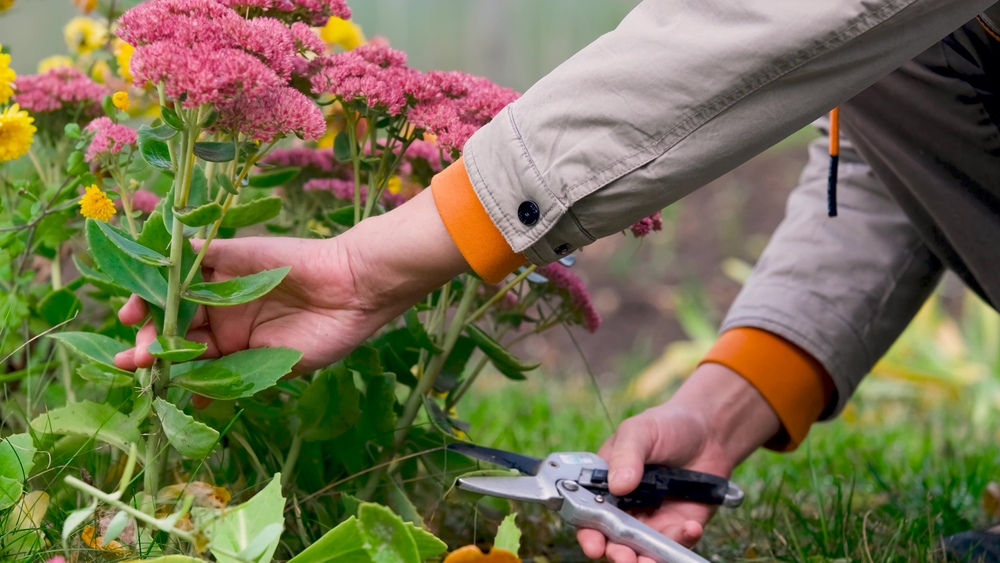
Another mistake gardeners often make in the fall is neglecting to prune perennials before winter. Pruning is crucial for maintaining plant health and encouraging strong growth in the spring. If perennials are left unpruned, they can become overcrowded or develop weak growth, which may affect their ability to bloom or thrive in the next season. Additionally, leaving dead or damaged stems can provide hiding spots for pests and diseases.
Prune your perennials by cutting back dead or damaged growth and thinning out crowded plants. This helps improve air circulation, preventing fungal diseases, and allows the plants to direct their energy into healthy growth. By properly pruning in the fall, you prepare your perennials for the colder months and ensure a vibrant display in the spring.
Not Mulching to Insulate Plants
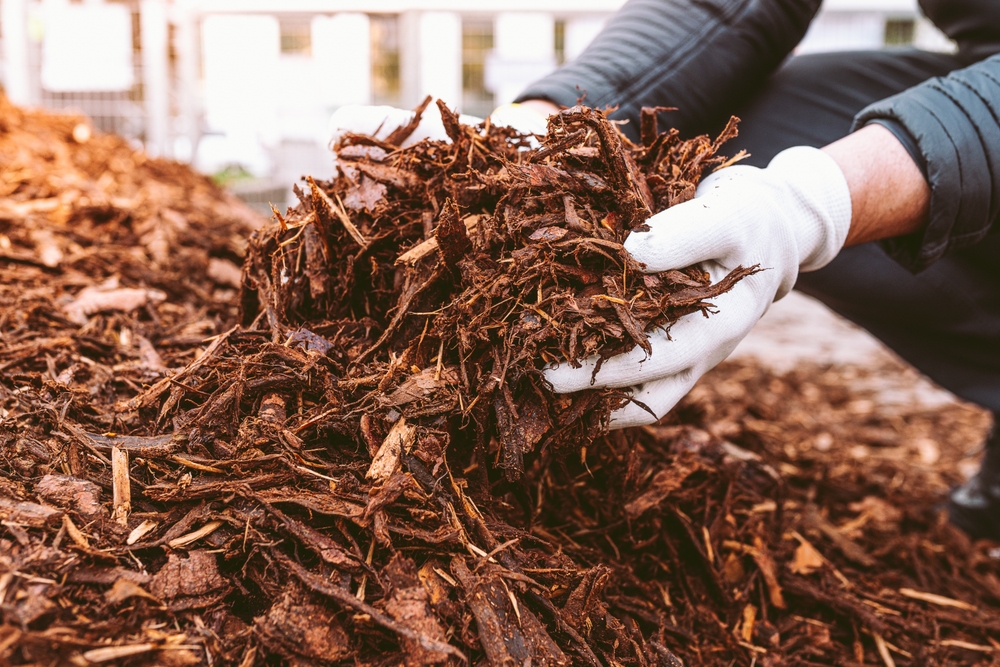
Mulching is a key fall gardening task that many people overlook. Mulch helps to insulate plant roots, keeping them warmer in the winter and cooler in the summer. Without mulch, plants are more vulnerable to extreme temperature fluctuations, which can stress them and make them more susceptible to damage. Additionally, mulch helps retain moisture in the soil, preventing it from drying out during the colder months.
To protect your plants, apply a 2-4 inch layer of mulch around the base of perennials, shrubs, and trees before the first frost. Organic mulches, such as straw, leaves, or wood chips, break down over time and improve soil quality. Mulching is a simple yet effective way to provide insulation and reduce the risk of damage caused by temperature extremes in fall and winter.
Ignoring Fall Fertilization Needs
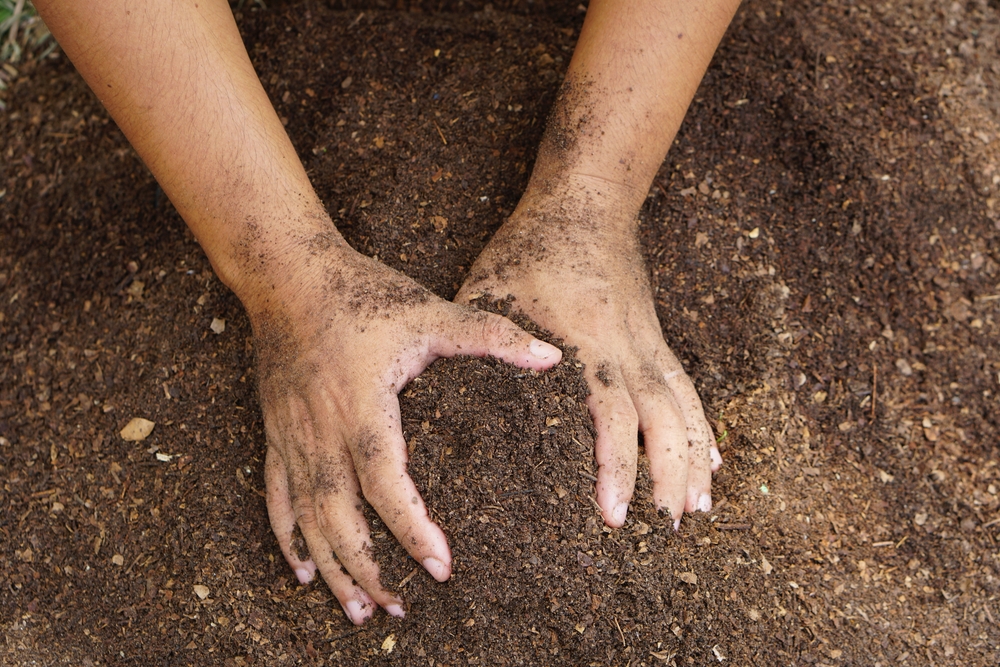
Many gardeners do not realize that plants still need nutrients in the fall. While it’s common to focus on fertilizing during the spring and summer, neglecting to provide the right nutrients in the fall can result in weak, unhealthy plants that struggle to survive the winter. Fertilizing in the fall helps plants store nutrients in their roots, preparing them for the colder months ahead. This is especially important for perennials and trees that need to be strong and healthy to survive through the winter and come back strong in the spring.
Use a slow-release fertilizer with a higher level of phosphorus and potassium in the fall. These nutrients help promote strong root development and overall plant resilience. Avoid high-nitrogen fertilizers during the fall, as they can encourage top growth that may not have time to harden off before the cold weather sets in.
Planting Too Many Annuals
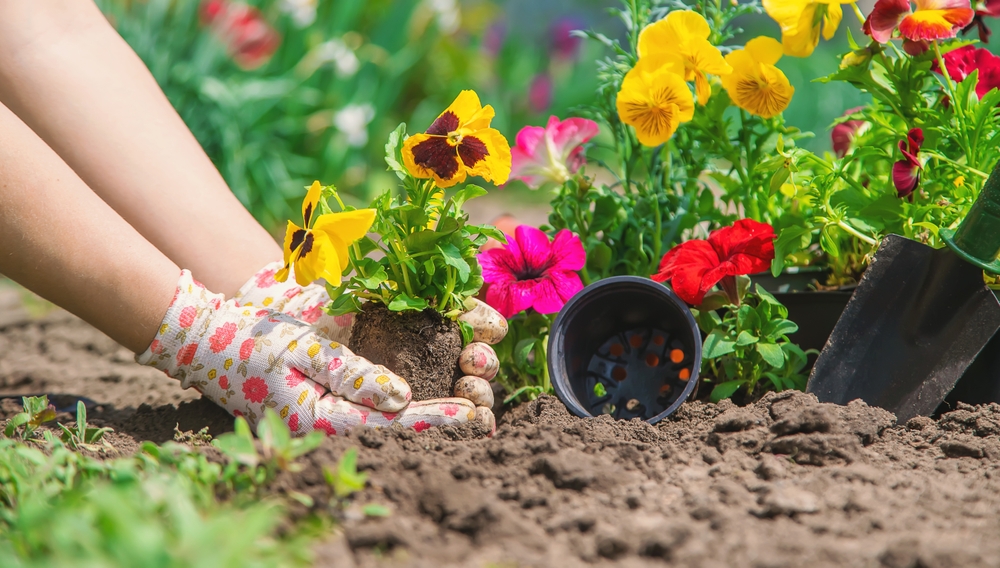
While annuals can add color to the fall garden, planting too many of them can be a mistake. Many annuals do not fare well in the cooler fall temperatures and may not survive the first frost. Overplanting with annuals can also crowd out fall-friendly perennials or vegetables, leading to a garden that looks cluttered or unbalanced. Instead of focusing solely on annuals, it’s a good idea to mix in perennials, which will return year after year and provide structure to your fall garden.
Opt for a combination of hardy annuals, perennials, and winter vegetables that can thrive in cooler weather. This way, your garden will have color and interest throughout the fall without the risk of having to replace spent annuals after a short season. By choosing the right mix of plants, you can create a garden that is both beautiful and functional throughout the fall months.
Not Taking Care of Garden Tools
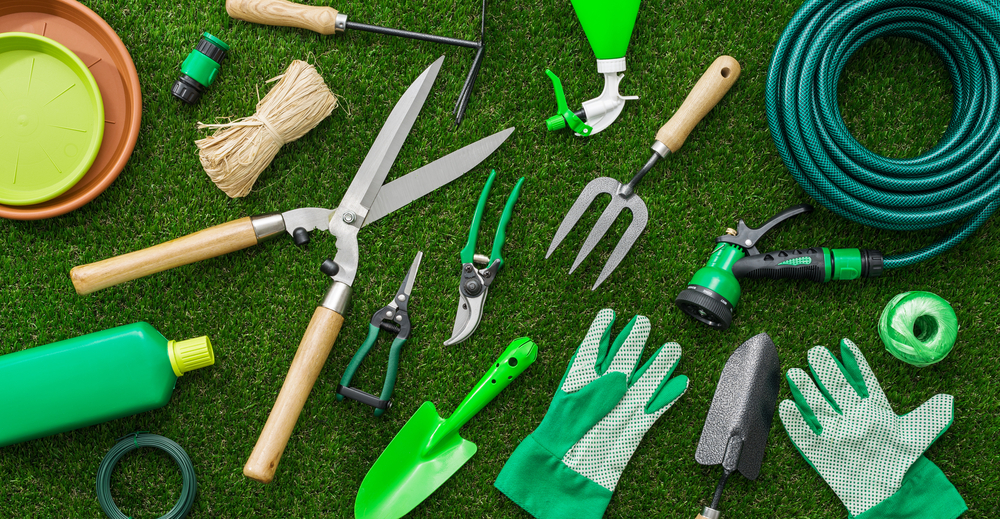
As the fall season approaches, many gardeners put away their tools without properly cleaning or maintaining them. This can lead to rust, dull blades, and overall poor tool performance in the following spring. Neglecting to clean and store tools properly at the end of the season can make gardening tasks harder and less efficient in the future.
Before storing your tools for the winter, take the time to clean, sharpen, and oil them. This will help preserve their lifespan and ensure they are ready for use when spring arrives. Proper maintenance is essential for extending the life of your tools and making your gardening tasks easier in the long run.
This article originally appeared on Avocadu.
